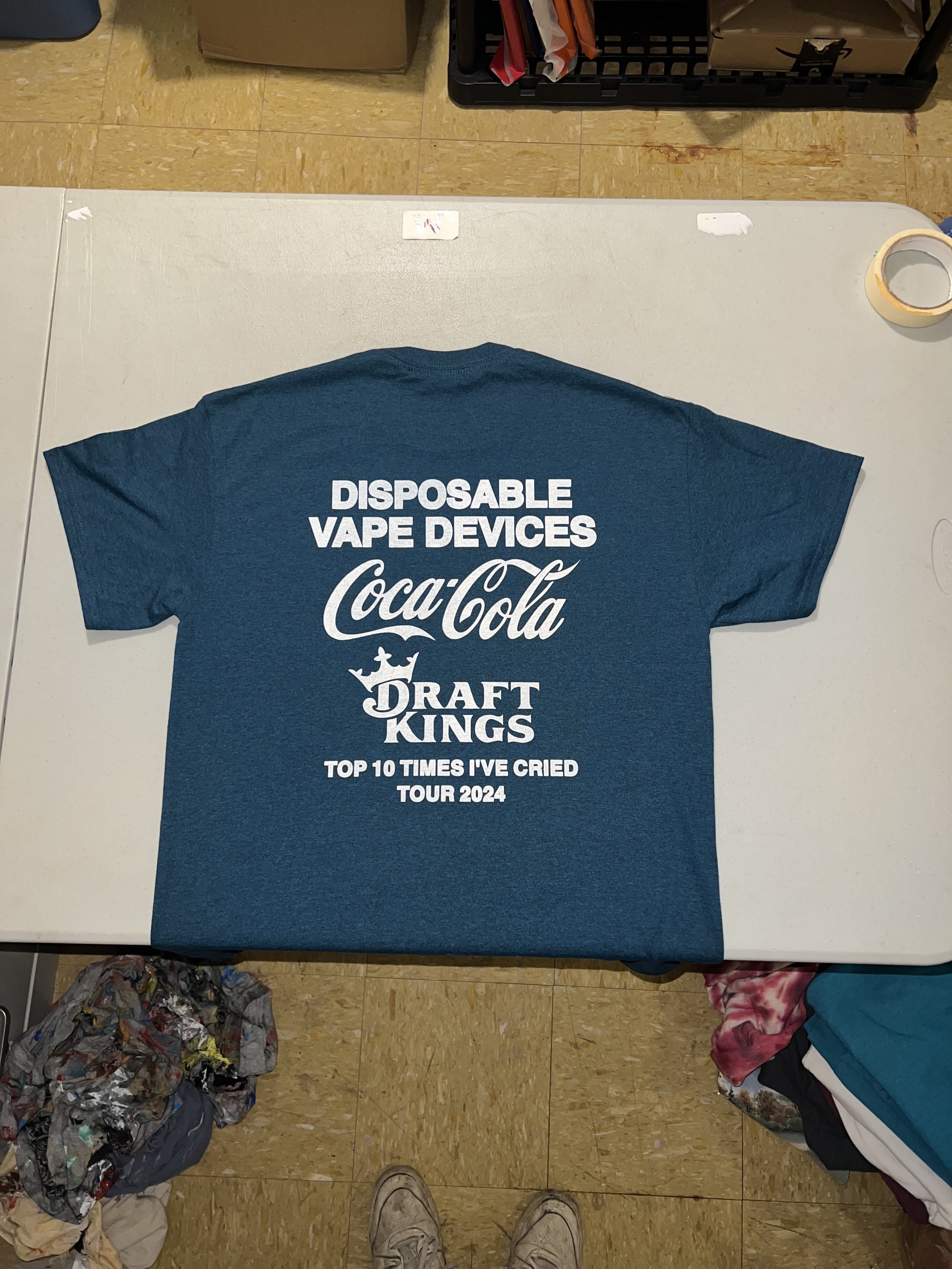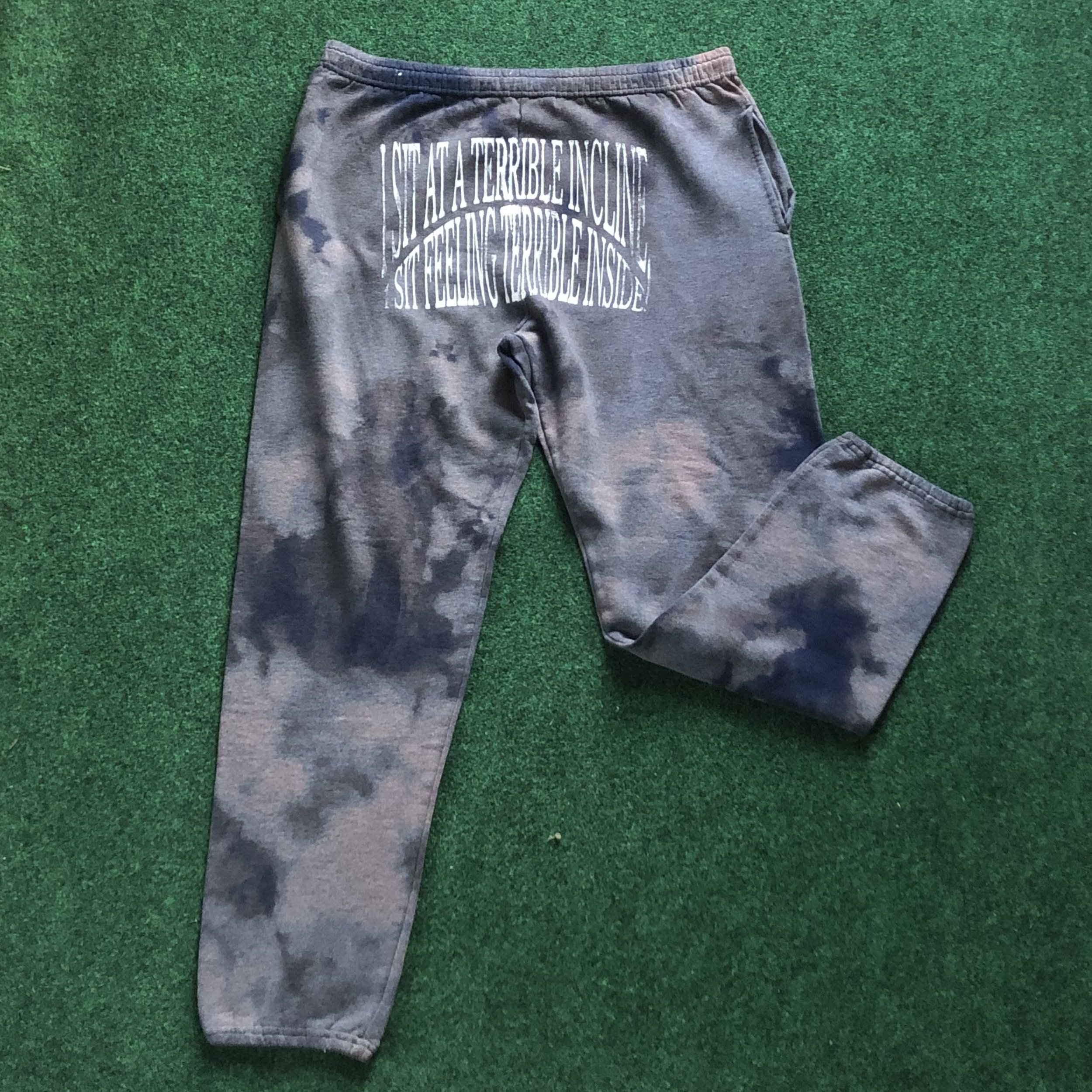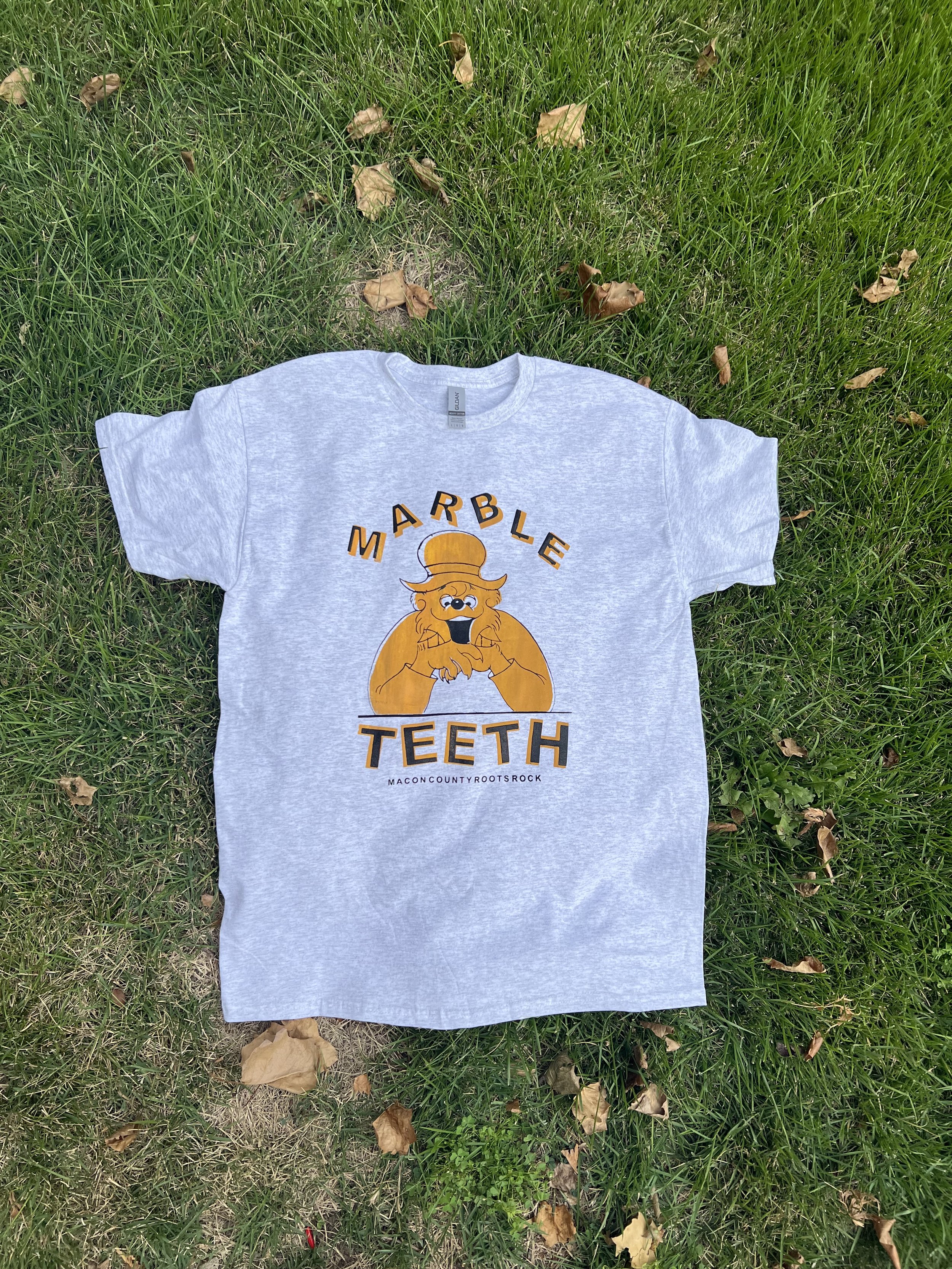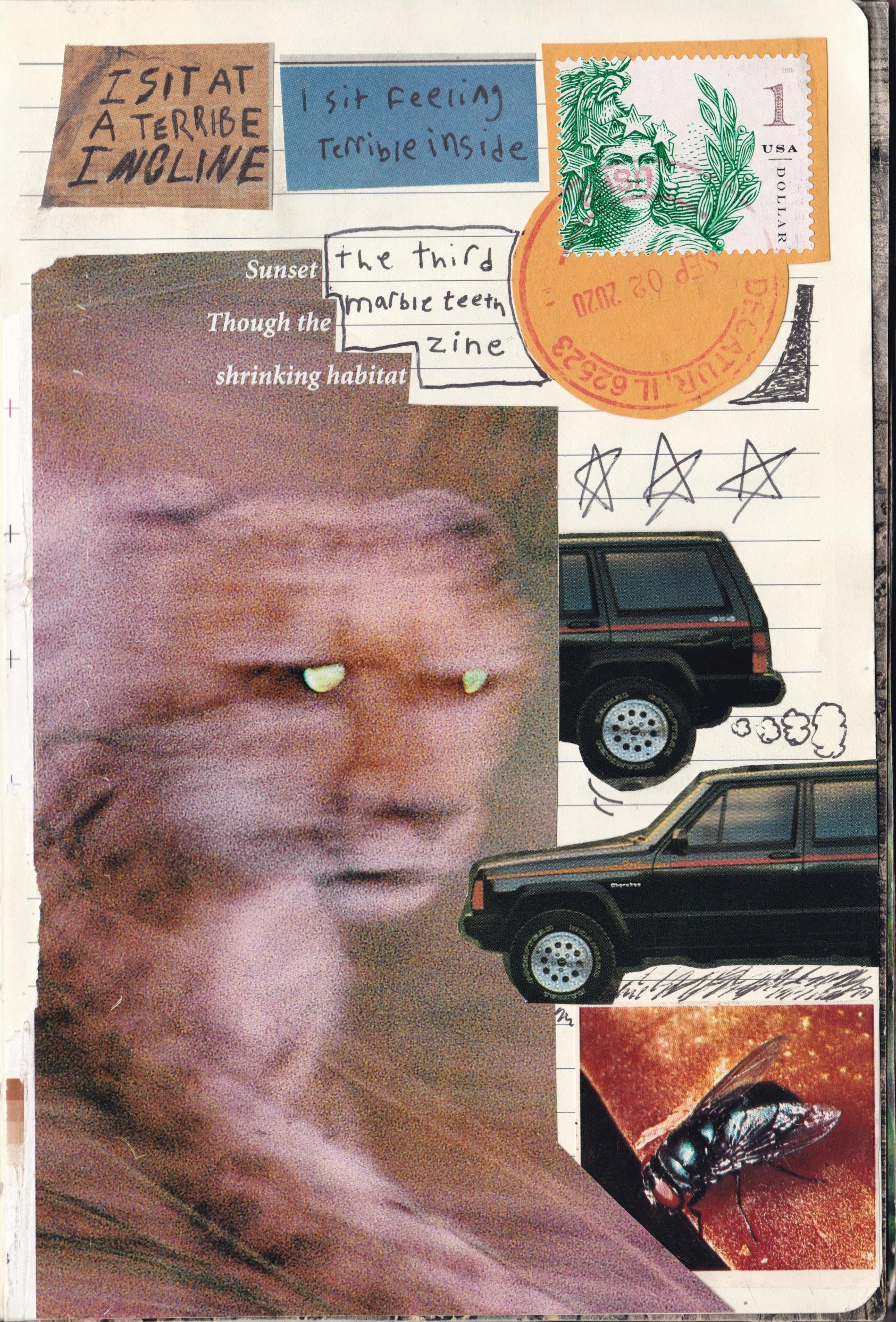Babe Rainbow – Slipper imp and shakaerator | Album Review
/p(doom) records
I was a freshman in college the first time I heard Babe Rainbow. I have a relatively blurry view of my life up until this point, but for some reason, this memory is clear. Driving around my hometown on a school break, one of my friends pulled a classic “Have you ever heard this?” and put on “Johny Says Stay Cool” off the Aussie psych-rock trio’s self-titled debut. We drove to nowhere in particular, and let the song play at least 15 times, paying attention to something new each go around. At that point in time, my Tumblr-ified “indie” alternative music taste hadn’t prepared me for something so light and quippy and fun. The congas, the warbly falsetto vocals, the whole “breathe in / breathe out” motif. It floors me to think that my early adolescence was exclusively soundtracked by gut-wrenching songs like The 1975’s “Sex” or Halsey’s Room 93 EP (real ones know that was her peak) when there was music out there that felt like the sun was shining down on you.
Babe Rainbow have stayed in my rotation ever since that drive around Long Island suburbia. As I’ve grown, they have, too; traveling the world, exploring new ways to approach their sound, and bringing on a rotating cast of collaborators. Now, just past their tenth year as a group, Babe Rainbow are going back to their roots—in more ways than one.
Their first album since 2022, Slipper imp and shakaerator sees Babe Rainbow using everything that was so irresistible about their self-titled and reimagining it through all of the sounds and styles they’ve absorbed over the last decade. But before even giving the album a listen, I had to answer one question: What exactly is a slipper imp and shakaerator? All those letters strung together didn’t feel like English. At first, I thought it was some Australian slang, but after doing some research, I found that it’s actually a farming tool. A plow. A specific brand of plow. The Bunyip Slipper Imp and Shakaerator was a new, stronger kind of plow meant to cut through the harsh Australian terrain.
What the hell, sure.
An early ad for the Bunyip Slipper Imp and Shakaerator
It seemed random until I was reminded that the members of Babe Rainbow (Angus Dowling, Jack “Cool-Breeze” Crowther, and Elliot “Dr. Love Wisdom” O’Reilly) lived in the macadamia orchard of an avocado farm as teens. Talk about literally going back to your roots. The title makes it all a little concept-y, serving as a signal that the music underneath it will feel like the group coming home to their psychedelic surf rock sound.
It’s probably self-evident, but Babe Rainbow have never been ones to take themselves too seriously. I saw the group last October at the Brooklyn Bowl, where they kept letting the audience know how grateful they were to be playing in this half-bowling-alley, half-concert-venue in Williamsburg. I swore Dowling was gonna fall off the stage from spinning around so much. I wouldn’t have been surprised to find out he was mid-shrooms trip during their set. They continually returned to the fact that they’re just some surfer bros from Byron Bay, as if we already couldn’t tell from their thick accents, luscious blond locks, and overall hippie disposition.
Babe Rainbow exist in the same ecosystem as psych-rock groups like Allah-Las and King Gizzard and the Lizard Wizard, but they take it to an entirely different level, leaning even further into what Dowling refers to as “the powers of the Rainbow,” which may or may not include the powers of magic mushrooms.
Gizz leader Stu Mackenzie has played a major role in Babe Rainbow’s story. He acted as their guide into the Aussie scene, producing their breakout self-titled debut. Slipper imp and shakaerator is Babe Rainbow’s first album on KGLW’s independent label, p(doom), and Mackenzie is back at the helm as a producer, while also catching a few features in the tracklist. Their long-standing relationship speaks to the hyper-collaborative ethos of the psych-rock scene, and definitely helps Babe Rainbow get even weirder with it (if that’s even possible).
Slipper imp and shakaerator opens with the deep-fried, phaser-heavy, ultra-funky “What is ashwagandha,” using a gritty spoken word intro to guide listeners into the seemingly endless layers of surfy guitars, thick basslines, and echoey flute. It gave me the same fuzzy feelings I got the first time I heard “Johny Says Stay Cool,” and that told me everything I needed to know about the album in its first four minutes.
That breezy, sunshiny psych-rock is present throughout the whole album, with the tracklist branching off into different renditions. Single “Like cleopatra” has an ‘80s funk-meets-disco lean, complete with all the ‘do do do’s you’d expect. Reverb-heavy guitar riffs, echoing synth passes, and some literal beeps and boops make it feel like you’re flying away in the spaceship the group is singing about. “Apollonia” takes an instrumental turn, with acoustic guitar dripping in reverb and some sci-fi synth swells that create an eerie dissonance. The guitar patterns sound like the exact middle ground between Spanish guitar and Indian sitar. The track is hypnotic and sneakily moving and has slowly become one of my favorites. It’s a moment where Babe Rainbow turn their quintessential sound on its head, reminding listeners of all the other influences they’ve picked up over the years. Putting the acoustic guitar and flute through similar effects as the synths creates an entrancing mixture of analog and digital, something else the group seems to love to explore.
Aussie rock shaman and longtime friend of the band Stu Mackenzie offers up some of his classic blown-out guitar textures on “When the milk flows,” a mid-album track that feels like it could soundtrack a round of Mario Kart (and I say that extremely complimentary). Some signal tones and French spoken-word lead us in, giving the illusion of a flight preparing for takeoff. The background synth sequences play with that in-transit sense of urgency, building tension with the sheer tempo, letting the vocals (texturized with a vocoder) double down on that build, then exploding through the fuzzy, Gizz-esque electric guitar passes. The track eventually goes into a half-time break, creating an undeniable groove that eases all of the tension before fading out.
The following track, “Mt dub,” creates a circling psych jam that sounds like a mixture of the funk of FKJ and the hypnotics of Good Morning. The vocoder returns on the opening lines, “The islands recommended for its dazzling rocks / Superbloom / Underwater rainforest / Rock and roll pours from the record stores / Welcome to the golden age sleep traveler,” this time sounding oddly similar to those on Kacey Musgraves’s “Oh, What A World.” On this trippy, laid-back groove, Babe Rainbow chose to remind listeners of their inherent powers in the hook “You’re underestimated, you’re more loved than you know,” with vocals that weave themselves through the same spiraling jam as the orchestral synths and persistent bass.
If nothing else, the boys of Babe Rainbow use Slipper imp and shakaerator to once again profess their love for all things hippie and good. Single “LONG LIVE THE WILDERNESS” is basically asking listeners to sit down and smell the roses (“You’re living your life too fast”) and trust that nature will guide them where they’re meant to be, even if that ends up being a golf course (“I’m so green on the back nine”). When we take our guard down and let the Earth, Sun, Moon, and stars take us away, all we have to do is enjoy what’s around us and be ready for more good to come. Dreamy closer “re-ju-ven-ate” is a beachy, almost-instrumental akin to Khruangbin, another band in Babe Rainbow’s sphere of psychedelic surf rock. Its few lyrics concisely sum up Babe Rainbow’s entire ethos for the past decade: abundance for everyone.
Slipper imp and shakaerator sees Babe Rainbow at their best: weird, surprising, and unabashedly themselves with little to no filter. Their years of travel and cultural exchange proved fruitful, giving Australia’s most eccentric trio new ways to harness their psychedelic powers into one wholesome, homegrown, kaleidoscopic trip.
Cassidy is a culture writer and researcher currently based in Brooklyn. She loves many things, including but not limited to rabbit holes, Caroline Polachek, blueberry pancakes, her cat Seamus, and adding to her record collection. She is on Twitter @cassidynicolee_, and you can check out more of her writing on Substack.































